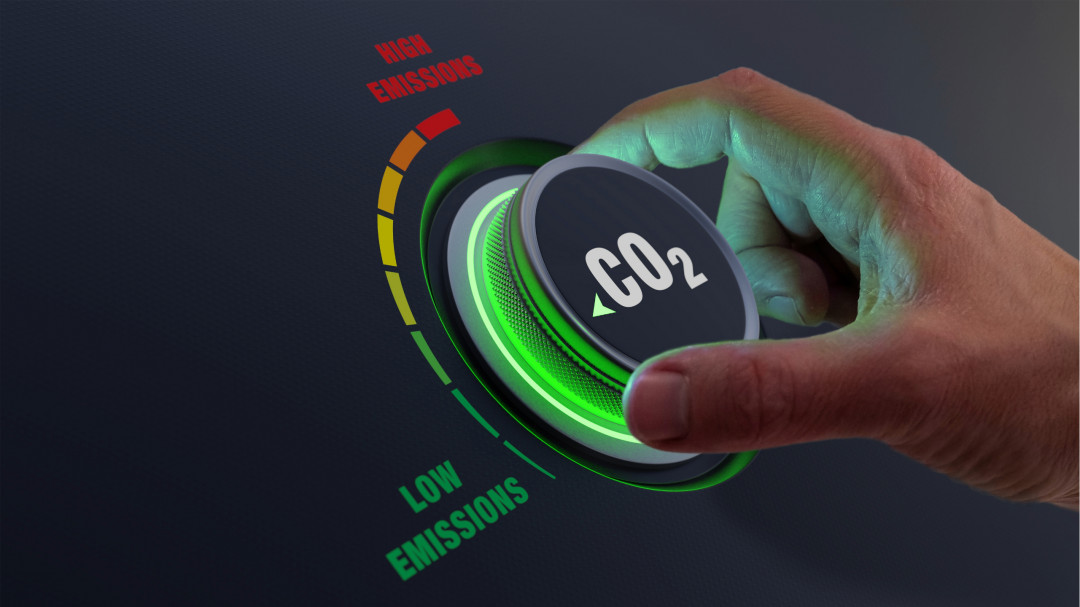
In recent years, numerous companies have committed to reducing their CO2 emissions to net zero by 2050. For companies, net zero means that all avoidable emissions must be reduced and unavoidable residual emissions must be removed from the atmosphere. However, there is currently no standardised measurement and reporting structure for these net zero commitments.
It is therefore unclear how extensively companies intend to fulfil their voluntary commitment to reduce CO2 emissions - or whether they are merely engaging in so-called greenwashing. A team of researchers from ZEW Mannheim and Stanford University, USA, has developed a new standard for time-consistent corporate carbon reporting (TCCR).
"Companies that introduce the TCCR standard gain more transparency and credibility in the disclosure of their carbon footprint," says study author Prof Stefan Reichelstein, PhD, ZEW Research Associate and Professor at the University of Mannheim.
Initial forecast is regularly reviewed and adjusted
The TCCR standard combines several elements into a regular target/actual comparison. Firstly, the companies decide on one of various key figures that are used to measure CO2 emissions. They commit to annual reporting on their emissions. Initially, they provide an initial forecast of the future emissions trend up to 2050. In the following years, this forecast is regularly compared with the reductions in CO2 emissions actually achieved, and it is adjusted accordingly for the remaining years up to 2050.
The information provided by the companies should be clear, consistent over time, comparable within a sector or industry and timely. The TCCR standard thus follows the general principles for effective disclosure of CO2 emissions as recommended by the Task Force on Climate-related Financial Disclosures (TCFD). It also makes companies' CO2 reporting more credible and transparent for political decision-makers and the general public. "The TCCR standard should not be introduced as a mandatory part of corporate reporting. However, companies that are really serious about net zero can set themselves apart from those that use it as a mere buzzword," says Reichelstein.
Application to various key emissions figures
Another advantage of the TCCR standard is that it can be applied to different key figures for CO2 emissions. On the one hand, these include the direct emissions generated by a company during production. On the other hand, they also include indirect CO2 emissions, which relate to the entire upstream supply chain of a company, as well as all emissions associated with the consumption of the company's downstream products. The study, published as ZEW Discussion Paper No. 23-026, was published in the renowned journal One Earth.

